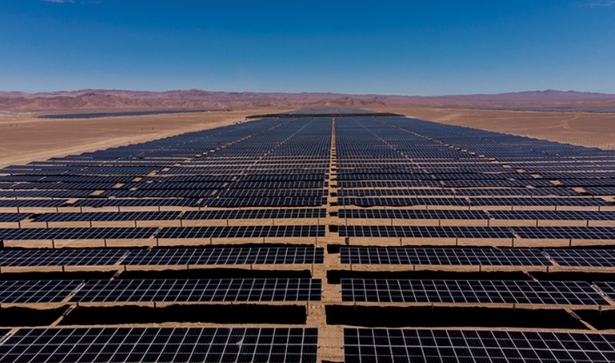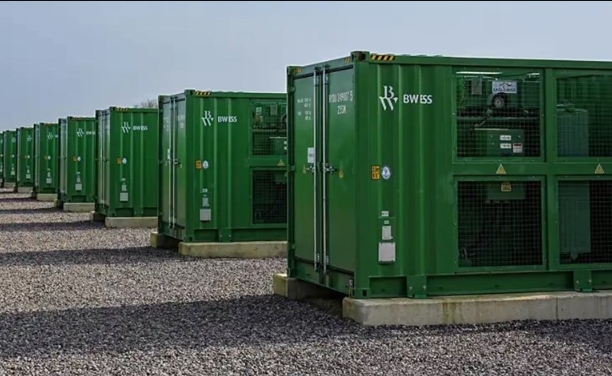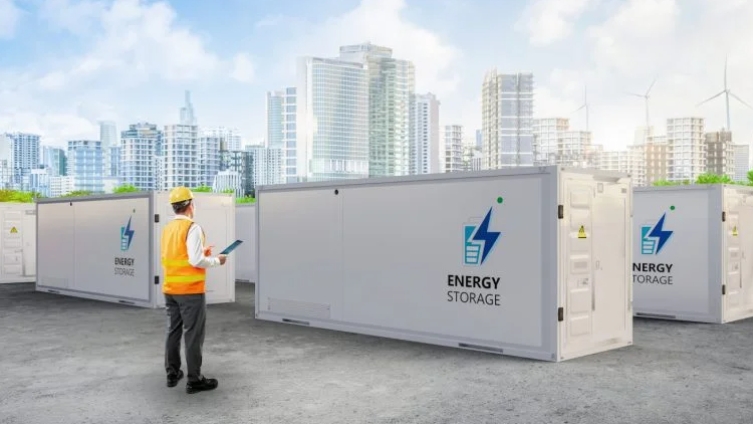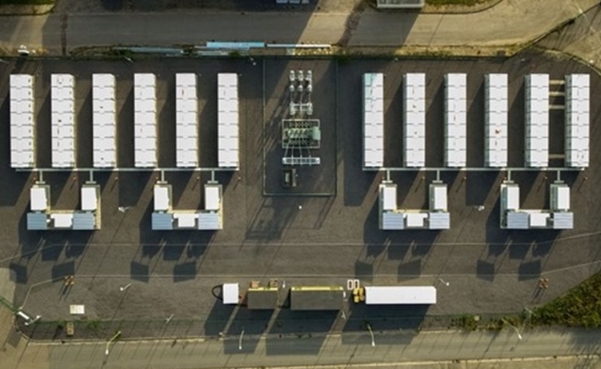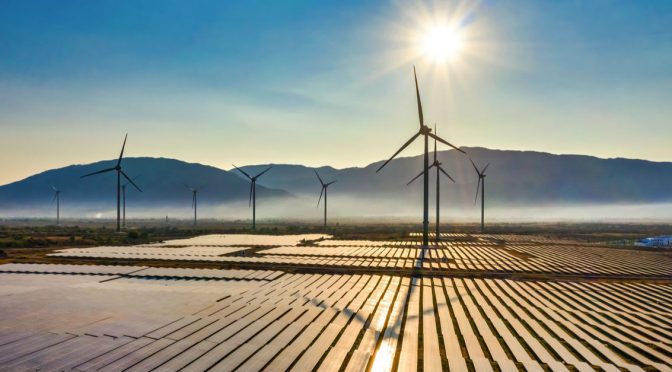
As of December 31, 2023, India has made significant progress in renewable energy adoption, with approximately 1.44 GW of wind-solar hybrid projects already operational.
The Union Minister of Power and New and Renewable Energy has announced the implementation of the National Hybrid Wind-Solar Policy, effective from May 14, 2018. The main objective of this policy is to facilitate the development of large-scale wind energy connected to the network. hybrid photovoltaic solar energy systems, promoting synergies between these renewable energy sources while minimizing land use and transmission infrastructure.
Highlights of the National Hybrid Wind-Solar Policy include:
Integration Guidelines: The policy outlines integration methods for fixed and variable speed wind turbines, facilitating their connection to the grid along with solar photovoltaic systems through specific configurations.
Capacity criteria: To qualify as a hybrid plant, the nominal power capacity of one energy resource must constitute at least 25% of the nominal capacity of the other resource.
Retrofit provision: Existing wind or solar energy projects can retrofit solar photovoltaic plants or wind turbines, respectively, to take advantage of the benefits of hybrid projects, subject to certain conditions.
Inclusion of battery storage: Integration of battery storage is recommended to address variability in power output, improve power production, and ensure robust power availability during specific periods.
The implementation of the National Hybrid Wind-Solar Policy marks a significant step towards achieving India’s renewable energy goals and fostering sustainable energy development.

